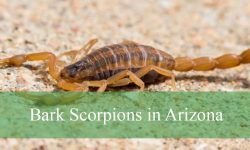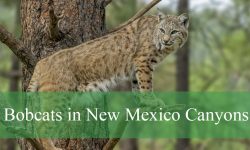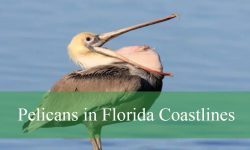Raccoons are native to Minnesota and rank among the most versatile mammals across North America. Known for their distinctive mask-like facial markings, bushy ringed tails, and curious behavior, raccoons are a common sight across forests, wetlands, and even suburban areas of the state. While there is a single species, Procyon lotor, in Minnesota, wildlife experts often recognize two subspecies based on physical characteristics and regional distribution. Understanding these types can help wildlife enthusiasts, photographers, and researchers identify raccoons more accurately and appreciate their ecological role.
In this article, we explore the two types of raccoons in Minnesota, their size, behavior, habitats, and fun facts. Detailed descriptions, identification tips, and information about where to find them are provided to make this guide both comprehensive and practical.
Types of Raccoons in Minnesota
Eastern Raccoon (Procyon lotor lotor)
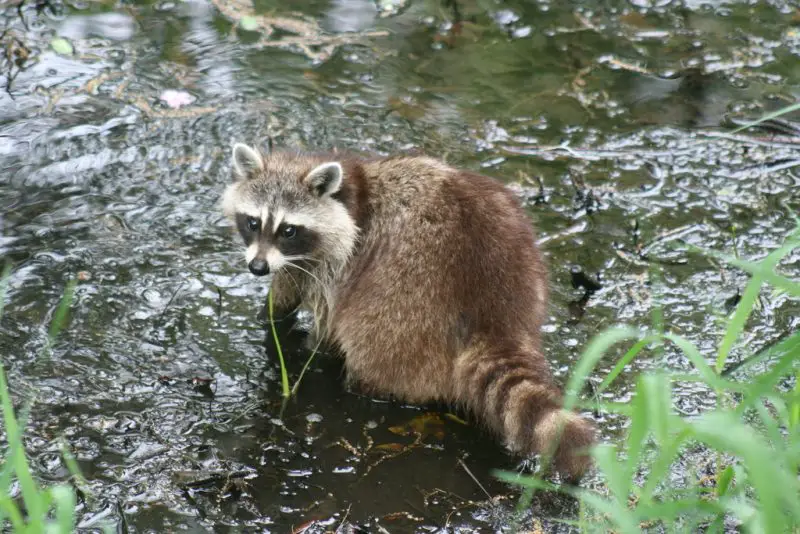
The Eastern raccoon is the most widespread subspecies in Minnesota, particularly in the southeastern regions and along river valleys. These raccoons have dense fur that varies in color from grayish-brown to black. One of their most recognizable features is the black “mask” around their eyes, which contrasts sharply with the white fur on their face. Their bushy tails typically have five to seven black rings, which are more prominent in adults.
Eastern raccoons are medium-sized mammals, with adults typically weighing between 8 to 20 pounds and measuring 16 to 28 inches in body length, excluding the tail. They are highly agile climbers and swimmers, which allows them to exploit a variety of habitats, from forests and wetlands to urban parks and residential neighborhoods. Their diet is omnivorous, consisting of fruits, nuts, insects, small vertebrates, and human food when available.
Behaviorally, Eastern raccoons are nocturnal and highly intelligent, capable of opening containers, navigating complex environments, and using problem-solving skills to access food. During the winter, they enter a state of torpor but do not hibernate fully, often denning in hollow trees or abandoned burrows. Fun fact: Eastern raccoons have been observed washing their food in water before eating, a behavior that may enhance their sense of touch.
Eastern raccoons can be found throughout southeastern Minnesota, particularly near waterways like the Mississippi River, Cannon River, and the floodplains of smaller rivers. They are also common in suburban and rural areas where food sources are plentiful.
Northern Raccoon (Procyon lotor hirtus)
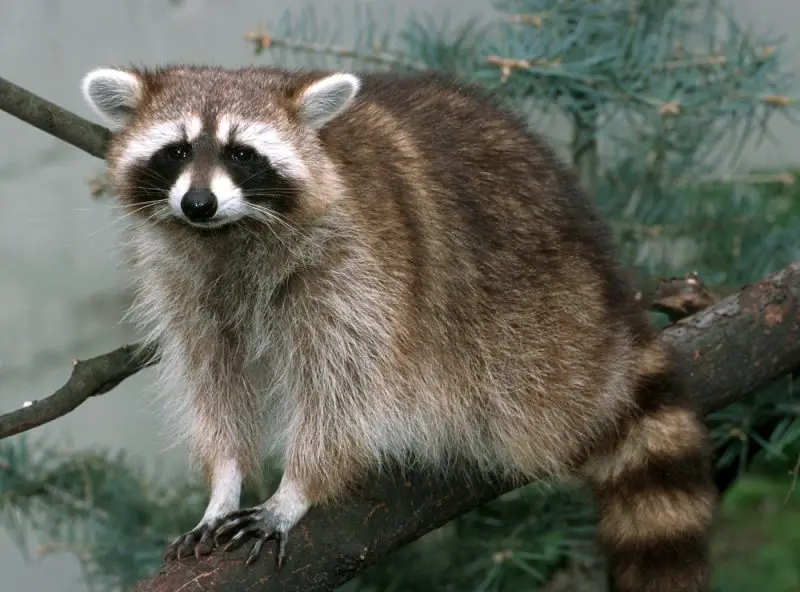
The Northern raccoon is less common in Minnesota but can be found primarily in the northern and central parts of the state, where the climate is cooler and the forests are denser. This subspecies tends to have slightly lighter fur with a silver-gray hue, although individual coloring can vary significantly. Their facial mask is usually more subtle than that of the Eastern raccoon, and their tail rings may be less distinct.
Northern raccoons are slightly larger on average than their Eastern counterparts, with adults weighing between 10 to 25 pounds and measuring 18 to 30 inches in body length. They are similarly omnivorous and opportunistic, foraging for berries, nuts, small mammals, amphibians, and aquatic invertebrates. Their ability to exploit both terrestrial and aquatic habitats makes them particularly adaptable to Minnesota’s northern forests and wetland regions.
Behaviorally, Northern raccoons exhibit remarkable problem-solving skills and adaptability. They are primarily nocturnal and solitary, although mothers with kits form small family groups. Fun fact: Northern raccoons in Minnesota have been documented climbing as high as 50 feet to reach nests or escape predators, demonstrating their exceptional climbing abilities.
You can spot Northern raccoons in the dense woodlands of the Chippewa National Forest, along the shores of Lake Superior, and near smaller northern lakes and rivers. These raccoons are well-adapted to colder climates and can survive harsh Minnesota winters by densifying their fur and finding insulated dens.
Identification Tips for Raccoons in Minnesota
Raccoons are relatively easy to identify once you know what to look for. Key features include the black mask around the eyes, ringed bushy tail, and stocky build. Eastern raccoons tend to have darker fur and more prominent facial markings, while Northern raccoons are slightly larger with lighter fur and subtler masks. Observing their behavior—such as nocturnal activity, dexterous forepaws, and food-washing habits—can also help confirm their identity.
Tracks can be another helpful clue. Raccoon footprints resemble small human hands, with five distinct fingers, and often appear near water sources, reflecting their semi-aquatic habits. Scat, which often contains undigested seeds, nuts, and insects, can also provide insight into their diet and activity areas.
Habitat and Distribution
Raccoons in Minnesota are highly adaptable and can thrive in a wide range of environments. Eastern raccoons prefer river valleys, forests, and suburban areas in the southeastern region, while Northern raccoons are more common in dense forests, wetlands, and lakes in the northern parts of the state. Both subspecies benefit from proximity to water, as rivers, lakes, and marshes provide abundant food resources and denning sites.
Urban areas also attract raccoons, which are notorious for scavenging in garbage bins, raiding bird feeders, and even entering attics. This adaptability to human-modified landscapes demonstrates their remarkable survival skills.
Fun Facts About Minnesota Raccoons
Raccoons are incredibly intelligent and curious animals. They have been observed using tools, solving puzzles, and even coordinating with other raccoons to access food. Their front paws are highly sensitive, allowing them to manipulate objects with great precision. Another interesting fact is that raccoons have a highly developed sense of touch, which helps them forage in water and detect hidden prey.
Raccoons are also important members of their ecosystems, controlling insect populations and dispersing seeds from fruits and nuts they consume. While they can be pests in urban areas, they play a critical role in maintaining ecological balance in forests and wetlands.
Where to Find Raccoons in Minnesota
Eastern raccoons are commonly found along the Mississippi River, Cannon River, and the southeastern floodplains. They are also frequent visitors to suburban neighborhoods with accessible food sources. Northern raccoons inhabit the Chippewa National Forest, Lake Superior shoreline, and northern wetland regions. Observing raccoons during the evening or at night increases your chances of spotting them, as they are predominantly nocturnal.
For photographers and wildlife enthusiasts, late spring and summer evenings are ideal for capturing raccoon behavior, as mothers often guide their kits during foraging trips. Observing from a safe distance with minimal disturbance ensures both human safety and animal welfare.
FAQs About Raccoons in Minnesota
What are the two types of raccoons in Minnesota?
Minnesota hosts two main subspecies of raccoons: the Eastern raccoon (Procyon lotor lotor), mostly found in the southeastern regions, and the Northern raccoon (Procyon lotor hirtus), which inhabits northern and central parts of the state. The two differ slightly in fur color, size, and distribution.
How can I identify a raccoon in Minnesota?
Raccoons are easy to recognize by their black facial mask, ringed bushy tail, and stocky body. Eastern raccoons usually have darker fur and more prominent masks, while Northern raccoons are slightly larger with lighter fur and subtler masks. Observing behavior, such as nocturnal activity and dexterous forepaws, can also help with identification.
What do raccoons in Minnesota eat?
Raccoons are omnivorous and opportunistic feeders. Their diet includes fruits, nuts, insects, small mammals, amphibians, and aquatic invertebrates. In urban areas, raccoons often scavenge human food from garbage bins or bird feeders.
Where are raccoons commonly found in Minnesota?
Eastern raccoons are prevalent along rivers, floodplains, and suburban areas in southeastern Minnesota, especially near the Mississippi River and Cannon River. Northern raccoons inhabit dense forests, wetlands, and lakes in the northern and central parts of the state, including the Chippewa National Forest and Lake Superior shoreline.
Are raccoons dangerous to humans?
Raccoons are generally not aggressive toward humans but may bite if threatened or cornered. They can carry diseases such as rabies or raccoon roundworm, so direct contact should be avoided. Observing raccoons from a safe distance is recommended.
Do raccoons hibernate in Minnesota?
Raccoons do not truly hibernate but may enter a state of torpor during cold winter months. They remain in dens, such as hollow trees or burrows, and may occasionally emerge on warmer days to forage for food.
How smart are raccoons?
Raccoons are extremely intelligent animals, known for problem-solving, using tools, and manipulating objects with their sensitive front paws. They can remember solutions to tasks for extended periods and even coordinate with other raccoons when foraging.
When is the best time to observe raccoons?
Raccoons are primarily nocturnal, so the best time to observe them is during the evening or at night. Late spring and summer are ideal, as mothers are guiding their kits during foraging trips. Using a flashlight or night-vision camera increases the chances of spotting them safely.


